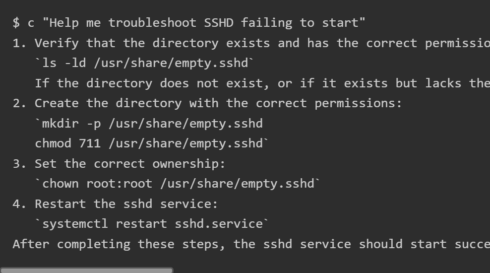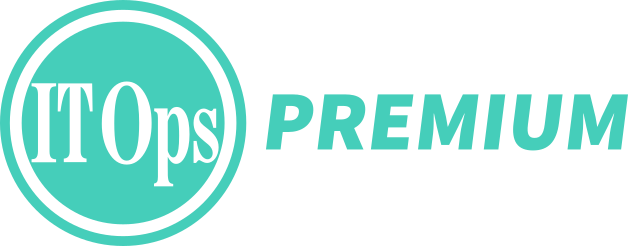
Red Hat today made several announcements at its Summit event, including the announcements of Red Hat Enterprise Linux (RHEL) 10 and OpenShift Lightspeed, both infused with AI to meet the demands of today’s hybrid environments and AI workloads.
RHEL 10 introduces Lightspeed, which brings generative AI into the platform’s command line to help users with troubleshooting issues and using best practices for IT management.
The latest version of the operating system also takes on the issue of secure quantum computing, the company wrote in its announcements, by integrating “Federal Information Processing Standards (FIPS) compliant post-quantum cryptography. This proactive approach equips organizations to better defend against future ‘harvest now decrypt later’ attacks and meet evolving regulatory requirements.”
RELATED: Red Hat announces Advanced Developer Suite
In this release, Red Hat takes a container-native approach to the OS and applications with image mode, bringing build, deployment and management in a single workflow. This container-native approach provides one set of practices for both developers and operations teams.
New Red Hat Insights for image builds makes package recommendations to help teams discover packages with features and functionality relevant to their needs and make informed package decisions for their specific deployments. Insights for planning provides a look into the RHEL roadmap so organizations can prepare for the future.
There is also an Insights advisor in Red Hat Satellite 6.17, which locally stores rules and remediations after installation without the need for internet connectivity. Red Hat Insights proxy was created as an alternative connectivity solution when direct internet access is not available.
Other capabilities include the ability to run RHEL 10 images across all major cloud providers, the ability to use community software such as Podman Desktop through RHEL’s extensions repository, and a way to tighten up a company’s security strategies via the upcoming RHEL Security Select Add-On, which can enable users to request fixes for up to 10 CVEs each year.
“Red Hat Enterprise Linux 10 is engineered to empower enterprise IT and developers to not just manage the present, but to architect the future,” Gunnar Hellekson, vice president and general manager of RHEL, said in the company announcement. “With intelligent features using gen AI, unified hybrid cloud management through image mode and a proactive approach to security with post-quantum cryptography, Red Hat Linux 10 provides the robust and innovative foundation need to thrive in the era of hybrid cloud and AI.”
Red Hat makes available OpenShift Lightspeed
Lightspeed is a generative AI-based virtual assistant integrated in OpenShift, which the company said will enhance how users manage their application platform deployments across the hybrid cloud.
Lightspeed helps organizations overcome the challenges of finding workers with requisite skills for handling the complexity of IT by having generative AI capabilities embedded into the OpenShift console.
Lightspeed also can guide IT teams with tailored assistance to traverse complex application landscapes with efficiency, by using natural languages to field questions about OpenShift and assist with troubleshooting and investigating cluster resources, for example. Further, it offers integration with top model providers OpenAI, Azure OpenAI and IBM’s watsonx.
A cluster-interaction feature now in preview can retrieve context from clusters for faster, accurate answers for detailed questions about a specific environment, instead of merely providing general guidance.
Also, organizations can input their specific organizational knowledge and process documentation into OpenShift Lightspeed through a BYO Knowledge feature.
Finally, OpenShift Lightspeed can assist organizations migrating from legacy virtualization vendors and ease modernization of their systems by providing answers to virtualization-specific questions such as migration, networking and storage.
“Delivering AI-enabled applications is a top priority for organizations around the globe, but many IT teams already struggle with the complexities associated with hybrid cloud computing, let alone bringing those intelligent applications to life,” Mike Barrett, vice president of Hybrid Platforms at Red Hat, said in the OpenShift Lightspeed announcement. “Red Hat OpenShift Lightspeed helps flatten the learning curve for Red Hat OpenShift users, enabling novices to get started more quickly and more experienced users to maximize efficiencies…”








